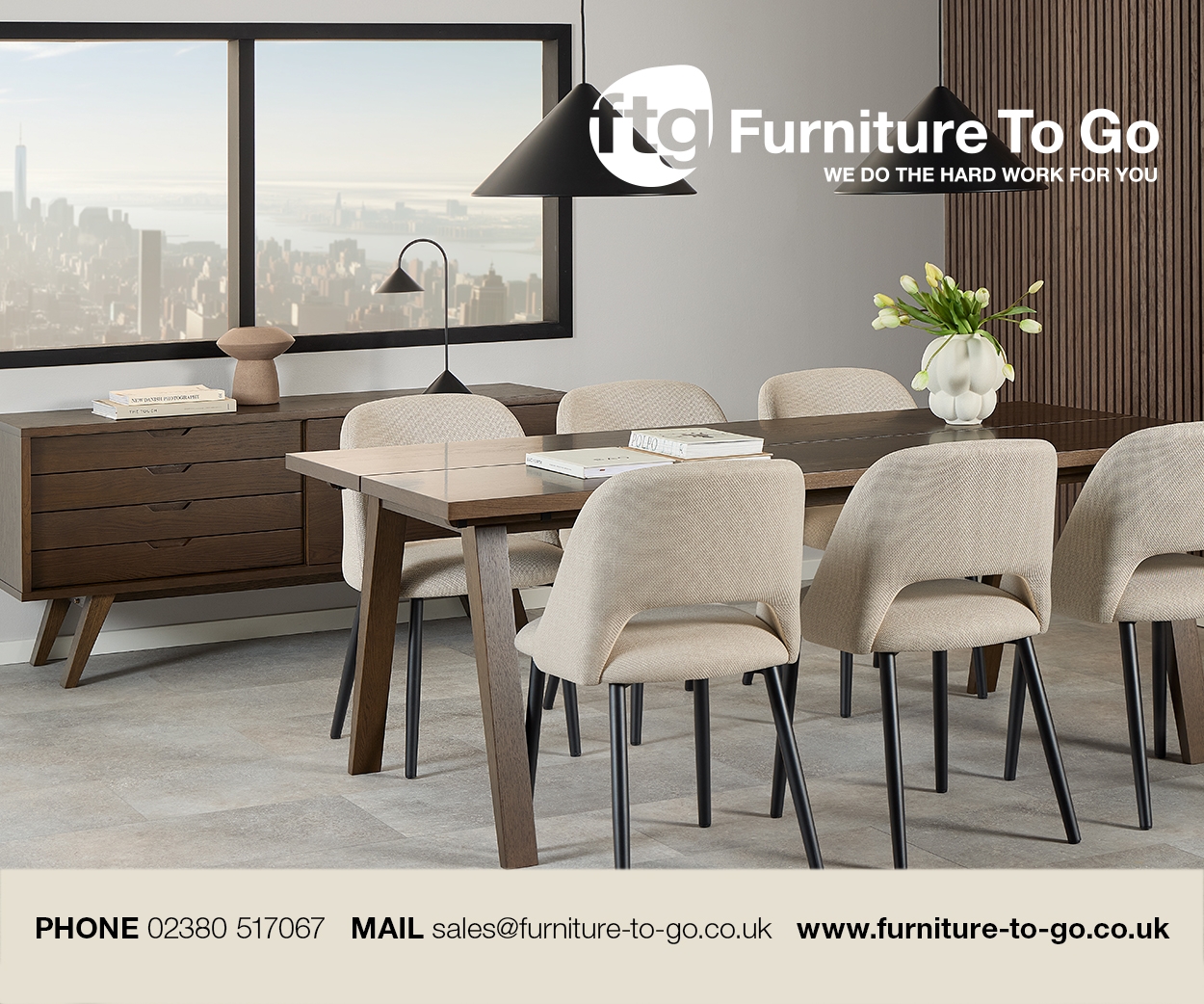Thanks to Covid-19, the need for digital marketing has come a long way in a short time – but, writes Greenwood’s Donald Currie, this development doesn’t have to mean traditional retailers are left out in the cold …
Over the last few years, we’ve all been adapting and evolving our advertising and marketing to cater for the increasing influence of ‘new media’ and the digital world.
And then 2020 happened – five years’ worth of change compressed into a few short months. In marketing terms, we’ve made a quantum leap from 2020 to 2025.
This is supposed to be bad news for bricks-and-mortar retailers, but it doesn’t have to be. With the right approach, everything you were told to fear about the social and digital revolution need not be a threat, but rather a massive opportunity – as it turns out, all the things that give you heft and provenance in the real world have at least as much value in the virtual one.
During this year’s physical lockdowns, consumers were driven to interact with the virtual world, and even the most reluctant technophobe found themselves using Facebook or Instagram, having a Zoom chat, going on news websites, and ordering online. It’s hardly surprising so many have predicted that physical retail would not – and could not – recover from this accelerated move online.
But when lockdown finished, many retailers, particularly in the furniture sector, saw terrific bounceback through their stores. At Greenwood, we were able to witness first-hand some phenomenal results through the summer and autumn, and a key element of this success was a unique approach to the tactical use of digital media to drive immediate sales response. And it is an approach that can be incorporated into ongoing marketing programmes, with the potential to transform retail performance.
In spite of the experts declaring there is now a clear new digital pathway to sales, there is no single new way that consumers navigate their way from the start of consideration to the purchase decision. The customer may use online resources to search and gather information, websites to browse, social media to share experiences – good and bad. But in the quality furniture sector, most consumers still feel the need to see the product in person during their route to purchase, so the likelihood is that they will use online resources for at least one, but possibly several, stages of the process.
So, the need to project and promote the business through the online world has to be accepted as inevitable and unavoidable. But so many retailers report to us that they have found the process of embracing digital within their marketing and promotional plans to be complex, fragmented, and without a clear return on investment. This is not helped by its advocates evangelising about eyeballs, click rates, engagement levels, digital pathways, optimisation and more ‘metrics’ than you can shake a stick at.
At Greenwood, with our emphasis on immediate response, we have experienced this frustration. We have spoken to many ‘digital experts’ who seemed unable to grasp our unapologetic focus on the only metrics that matter to a physical retailer – customers through the door, and money in the till. Many ‘experts’ said they couldn’t calculate it, and so deemed it irrelevant. Now, however, as we have all been fast-forwarded into the future, there is a breakthrough opportunity available to retailers who utilise digital and social platforms in the correct way.
It starts with the recognition that your history and physical presence in your market is a powerful reassurance to someone browsing online. Everything that has contributed to your local reputation, your relationship with individual clients and your market is as valuable an asset as it ever was.
Secondly, your targeting should prioritise your natural geographical catchment, and be directed to where you have created traction over the years. It may seem counter-intuitive, but the World Wide Web is most effective when you use it locally. The further afield you target, the more the marketing and servicing costs increase, and the more your returns are diluted. For the vast majority of retailers, it must be counterproductive to generate an enquiry from 200 miles away that is hard to fulfil, whilst simultaneously failing to reach a live prospect on your doorstep.
Finally, all the elements of your digital footprint need to be co-ordinated with a focus on relevant content. This must motivate the customer to find out more, or to make a direct enquiry, or to visit you in person. In short, the collective purpose of all your digital activity is to get found, and then to get chosen.
We’ve seen the evidence firsthand that this approach really works in generating footfall and sales. Even more exciting is that it not only works for a specific event, but can be the basis of regular promotional activity – something we are happy to help clients implement.
The lesson of 2020 is that furniture and bed retailers do not need to choose between the virtual world and the physical one. You must be visible and relevant in both. The evidence is compelling that a digital presence, designed to enhance rather than compete with your physical store, and supported by strong promotional content and communication, is a recipe for success and a clear way for even the most traditional retailers to embrace the future with confidence, however quickly it arrives.
Donald Currie is the marketing director at Greenwood Retail, an organiser of high-profile sales events for independent retailers, specialising in the furniture industry.









